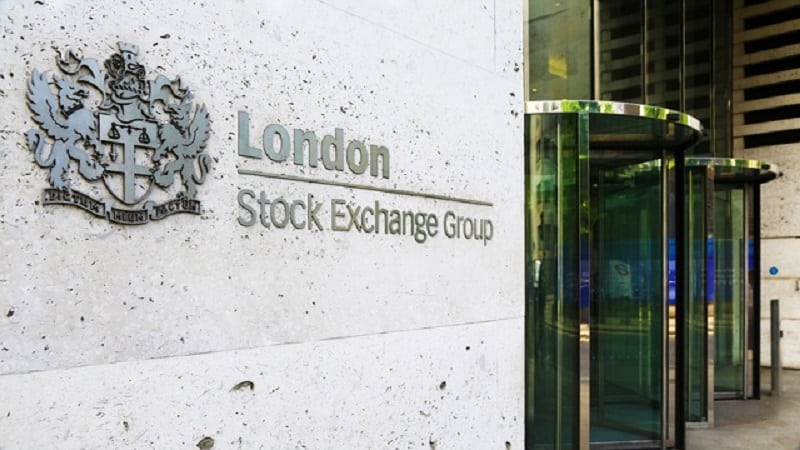Japan’s monetary base will now swell at an even faster pace of ¥80tn ($712bn) per year, up from the ¥60-70tn currently.
Potentially an admission of failure so far, the move highlights the efforts the BoJ are making to end the deflationary environment that has engulfed Japan for the last two decades. The BoJ governor himself, Haruhiko Kuroda stated that the move to extend QE “shows our unwavering determination to end deflation”. The sales tax hike back in April had an underestimated negative impact on the Japanese economy and with the price of oil plummeting in recent months, inflation is once again moving in the wrong direction.
With a similar fear of deflation gripping the Eurozone, the ECB is yet to adopt a full blown QE package. Its base interest rate has been reduced substantially to just 0.05%, and the central bank began buying up corporate bonds back in September. However, the ECB has until now dismissed QE, fearing the sovereign credit risk that would arise from such exposure. Despite these concerns, there may now be a change in attitude among the ECB’s policy makers.
Weak data
The Eurozone has been rife with weak economic data for months but one of the biggest concerns is the recent decline of Germany. Sanctions against key trading partner Russia coupled with declining demand from China have begun to take its toll on Europe’s largest economy. Business confidence is also waning and GDP growth for next year has been downgraded to just 0.8%, well below the government’s forecast of 1.3%. All in all, the decline of Europe’s powerhouse could just turn out to be the ammunition that Draghi needs to begin a prolonged QE campaign.
This Thursday, the governing council of the ECB meets in Frankfurt and the debate surrounding further stimulus is likely to be at the top of the agenda. In recent discussions, the council members have been divided over what the next course of action for the Eurozone should be. Those who are against the implementation of a QE programme argue that more should be done by the individual countries. This may well be true but without increased stimulus and help from its central bank, the Eurozone may never get out of the downwards spiral that it currently finds itself on. With the ECB starting to run out of options, now could be the time to take the plunge.










